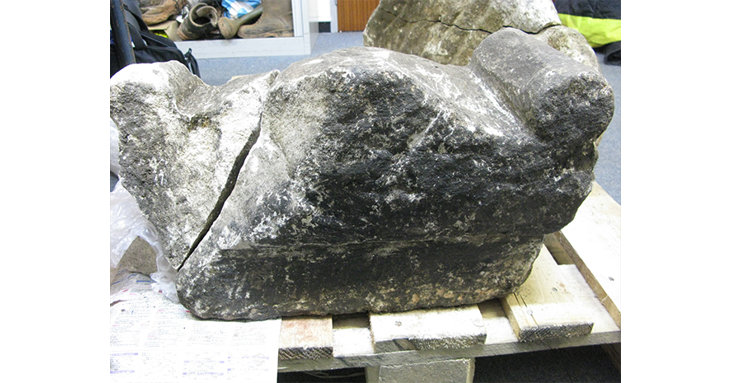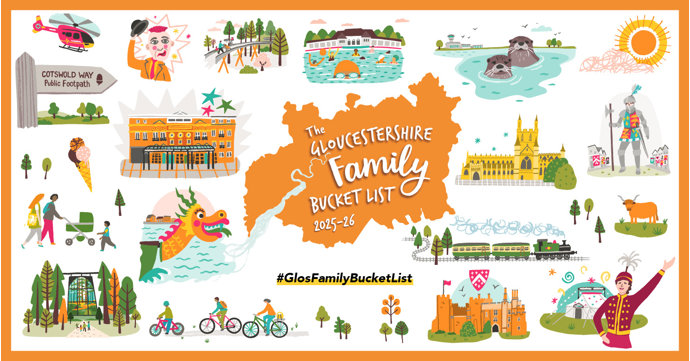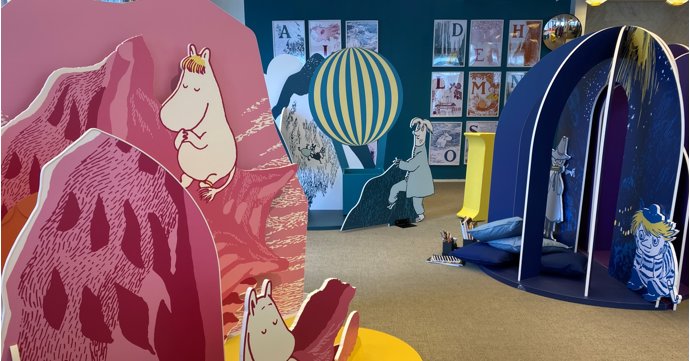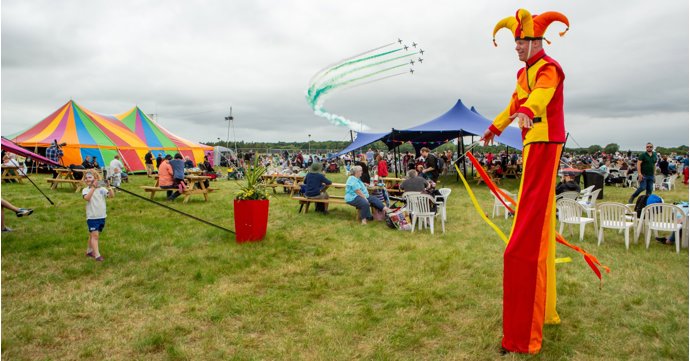Conservation work is due to begin on Gloucester’s ‘most important discovery in decades.’
Two beautifully carved stone fragments, thought to have been at the heart of Roman Gloucester, were discovered in 2019 at the front of St Mary de Crypt church in Southgate Street while workers were undertaking groundworks as part of the ‘Discover DeCrypt’ restoration project.
Now a conservation programme, backed by Gloucester City Council, Bristol and Gloucestershire Archaeological Society and Discover Decrypt, is set to begin. Once the work is complete, the stones will be kept at the Museum of Gloucester, and later at Discover Decrypt.
Both the fragments show exceptionally high-quality carving, with one of them believed to be part of cornice which would have been from an important building in central Roman Gloucester, perhaps a temple or the forum basilica.
Measuring 90cm by 40cm, it features beautiful curling leaf and floral designs, while the other is from the upper part of a Roman altar which, although damaged, has the characteristic shape.
Andrew Armstrong, Archaeologist at Gloucester City Council, said: ‘These are the most important fragments of Roman stonework to be found in Gloucester for some decades and the fact that they were found so close to the city centre means they may have been associated with the Roman forum, a public space in the centre of the Roman city, or large public buildings around the forum.’





















